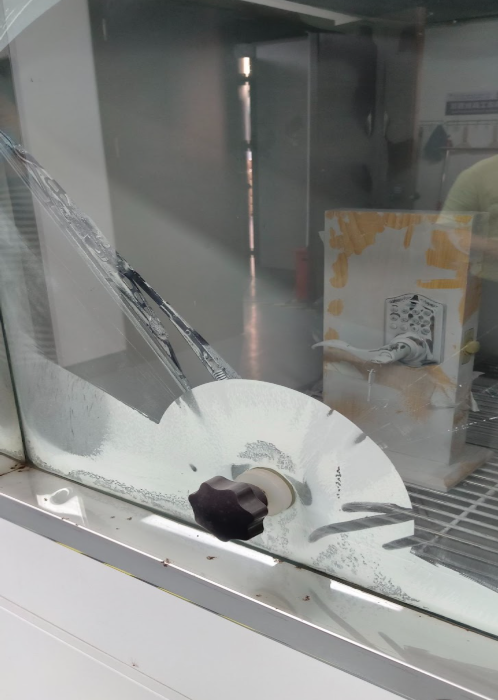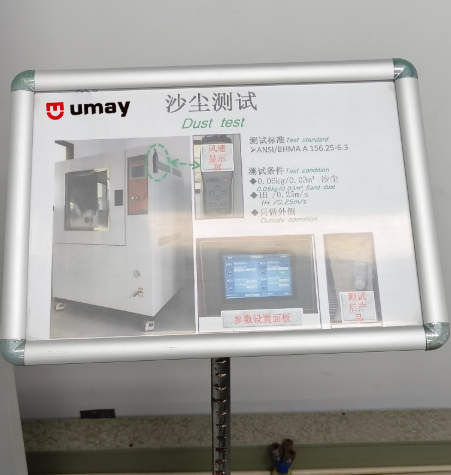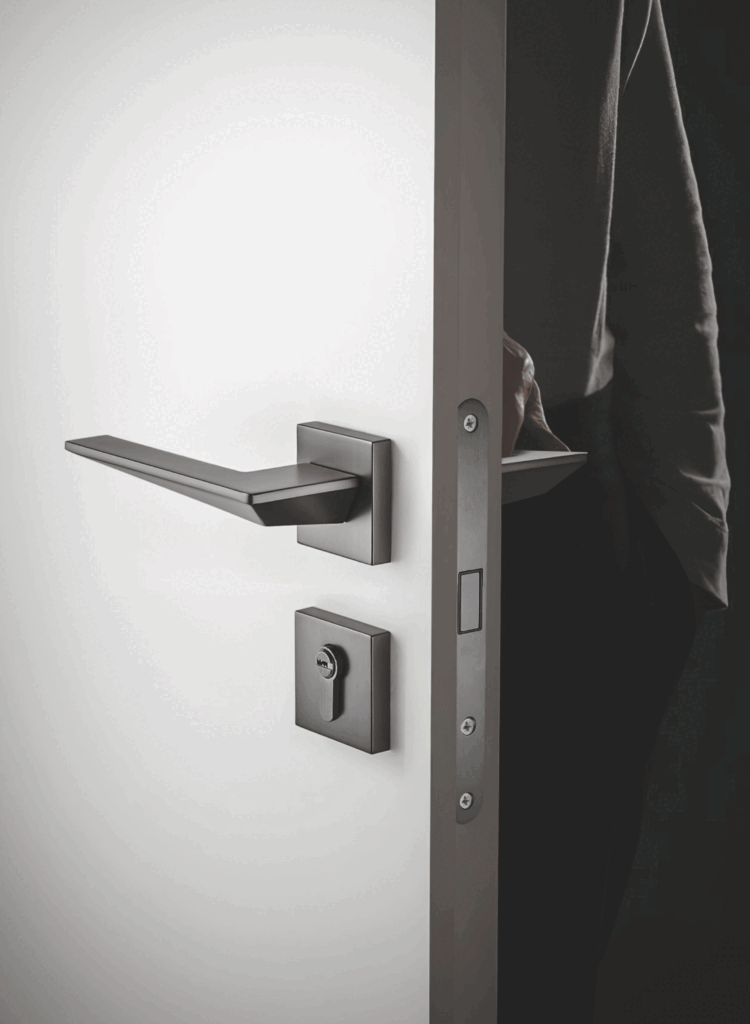Introduction
In the door hardware industry, durability and reliability are non-negotiable. While many focus on mechanical strength and corrosion resistance, dust testing often goes overlooked—yet it plays a vital role in ensuring long-term performance. Whether for mechanical locks, door handles, hinges, or closers, dust resistance can make or break a product’s lifespan. This article explores why dust testing matters, the standards that govern it, and where it’s most rigorously enforced.

What Is Dust Testing?
Dust testing evaluates how well door hardware components resist dust infiltration, which can cause:
- Mechanical wear (e.g., lock mechanisms jamming)
- Corrosion acceleration (dust + moisture = abrasive paste)
- Aesthetic degradation (surface scratching, finish damage)
Tests simulate harsh environments using fine particulates (typically 0-75µm) per IEC 60529 (IP5X/IP6X) or ASTM D173. Controlled chambers expose products to dust storms, followed by performance checks.
For official standards, refer to:
Dust Testing Standards in Door Hardware
- IP Ratings (Ingress Protection)
- IP5X: “Dust-protected” (limited ingress, no harmful deposits)
- IP6X: “Dust-tight” (zero ingress)
*Example: High-security locks often require IP6X for desert climates.*
- Industry-Specific Benchmarks
- ANSI/BHMA A156.2: Cyclic dust exposure tests for locks
- EN 1634 (Fire Doors): Dust resistance impacts smoke seals
- ISO 9227 (Corrosion Tests): Combined dust/salt spray evaluations
Why It Matters for Your Products?
- Locks & Latches: Dust accumulation can hinder bolt movement.
- Hinges: Particulates increase friction, accelerating wear.
- Electronic Smart Locks: Dust disrupts sensors and circuitry.
Where Is Dust Testing Most Critical?
- Middle East (GCC Countries)
- Why? Sandstorms are frequent. Dubai’s Al Qudra Desert sees 150+ dust days/year.
- Market Demand: IP6X is a baseline for government tenders.
- Australia (Outback Regions)
- Why? Red dust infiltrates buildings, damaging hardware.
- Compliance: AS 4145.2 mandates dust resilience for commercial doors.
- USA (Southwest States)
- Why? Arizona/Texas face haboob dust storms.
- Industry Shift: Builders now prioritize IP5X+ for exterior hardware.
- Asia (China & India)
- Why? Rapid urbanization in dusty environments (e.g., construction sites).
- Regulations: GB/T 2423.37 (China) and IS 900 (India) enforce testing.
Conclusion
Dust testing isn’t just a checkbox—it’s a competitive advantage. For buyers sourcing door hardware globally, prioritizing dust-resistant products means:
- Fewer warranty claims (dust-related failures drop by 60% per ABHRF Study)
- Longer service life (hinges/locks last 2-3x longer in arid climates)
- Broader market access (meets strict Middle East/Australia specs)
At UMAY Lock, we subject our mechanical locks, handles, and hinges to ANSI/BHMA A156.2 dust tests, ensuring reliability in the harshest environments. Request our test reports or custom dust-validation samples today—let’s build hardware that stands the test of time (and dust!).

Share This Story, Choose Your Platform!

